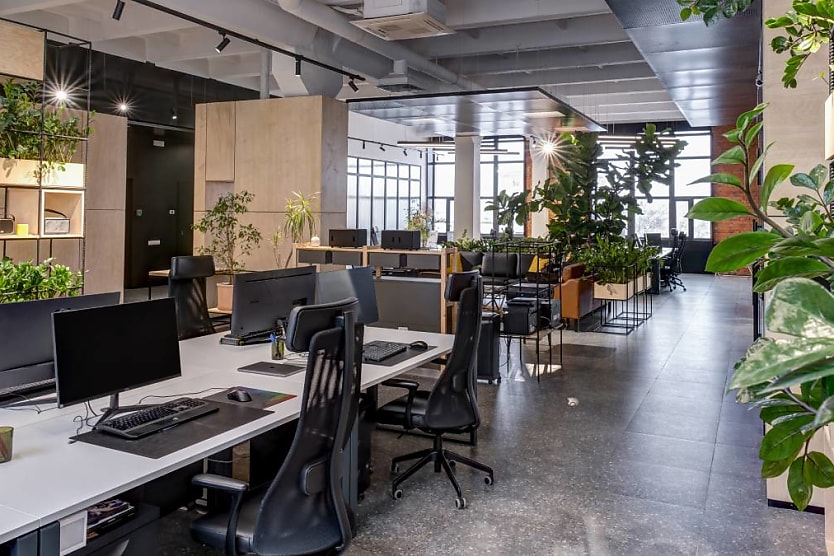Office design can affect employee happiness
SHARE THIS ARTICLE

When discussing wellbeing initiatives, office design may not immediately spring to mind. However, studies show it can have an effect on employee happiness.
Just how happier can office design make an employee? Well, according to Talent Works, 33 per cent.
Human interaction can also be impacted by office layouts. In fact, open-plan office workers reportedly spend 73 per cent less time face to face with colleagues, and email and messaging increased by 67 per cent.
It may be beneficial to allow employees some areas with privacy, as 58 per cent of problem-solving employees said they need more quiet work spaces, and 54 per cent find their office environment “too distracting”.
Clearly, workplaces aren’t getting this right, as 85 per cent of respondents noted they were “dissatisfied” with their workplace due to the environment.
Flexible working can be a great way to combat this, as it allows employees their own space to work independently.
While some may argue that working from home is a detriment to productivity, studies show that employees are 47 per cent more productive. However, a hybrid approach may be necessary to account for collaboration and meeting time.
Regardless of how you work, office design is more important than some may think. To assist in cultivating a happy and thriving work environment, Savoy Stewart listed some key considerations:
1. Provide quiet spaces
“Providing quiet zones such as solo pods, quiet booths, or even areas where no phones or music are allowed, gives staff that escape and time to think, as well as giving staff the opportunity to take meetings or breaks in different environments,” Savoy Stewart said.
2. Splashes of colour
“Bright, warm colours such as reds, oranges and yellows can stimulate energy and positivity, and therefore would work best in meeting rooms, kitchens, and other areas where staff may socialise,” Savoy Stewart said.
“Whilst cool, subdued tones are considered soothing and calming – so consider using blues, greens and purples for breakout rooms and quieter spaces. Avoid colours such as grey, which has a lack of energy and won’t inspire joy, and red, which can increase aggression and passion, which may be too intense for an office atmosphere.”
3. Greenery
“A study by the Agricultural University of Norway analysed 51 offices and found that the introduction of plants to one office was linked to a 25 per cent decrease in symptoms of ill health, including fatigue, headaches, concentration problems, coughs, and dry skin,” Savoy Stewart explained.
“If your office has poor ventilation, then your team may be at risk of developing sick building syndrome, so adding some air-purifying plants can remove any unwanted toxins. Aloe vera, peace lily, and spider plants are all great enhancements for any office, as they’re low maintenance and known for air-purifying.”
4. Natural lighting
“Your staff might spend all day in the office, and risk not seeing sunlight at all on those shorter winter days … The Harvard Business Review reported that access to natural light is the single most important factor employees want in their working environments.”
Savoy Stewart continued: “Almost half (47 per cent) of employees also admitted they feel tired or very tired from the absence of natural light or a window at their office, and 43 per cent reported feeling gloomy because of the lack of light.
5. Manage workplace stressors
“When staff are put in high-stress situations, whether this be unreasonable deadlines, unclear expectations or unmanageable workloads, they are at risk of burnout,” Savoy Stewart said.
Savoy Stewart concluded: “You can also provide simple extras around the office such as stress balls, oil diffusers, and especially desktop organisers for a much more healthy atmosphere, alleviating any extra stressors from disorganisation.”
Jack Campbell
Jack is the editor at HR Leader.

